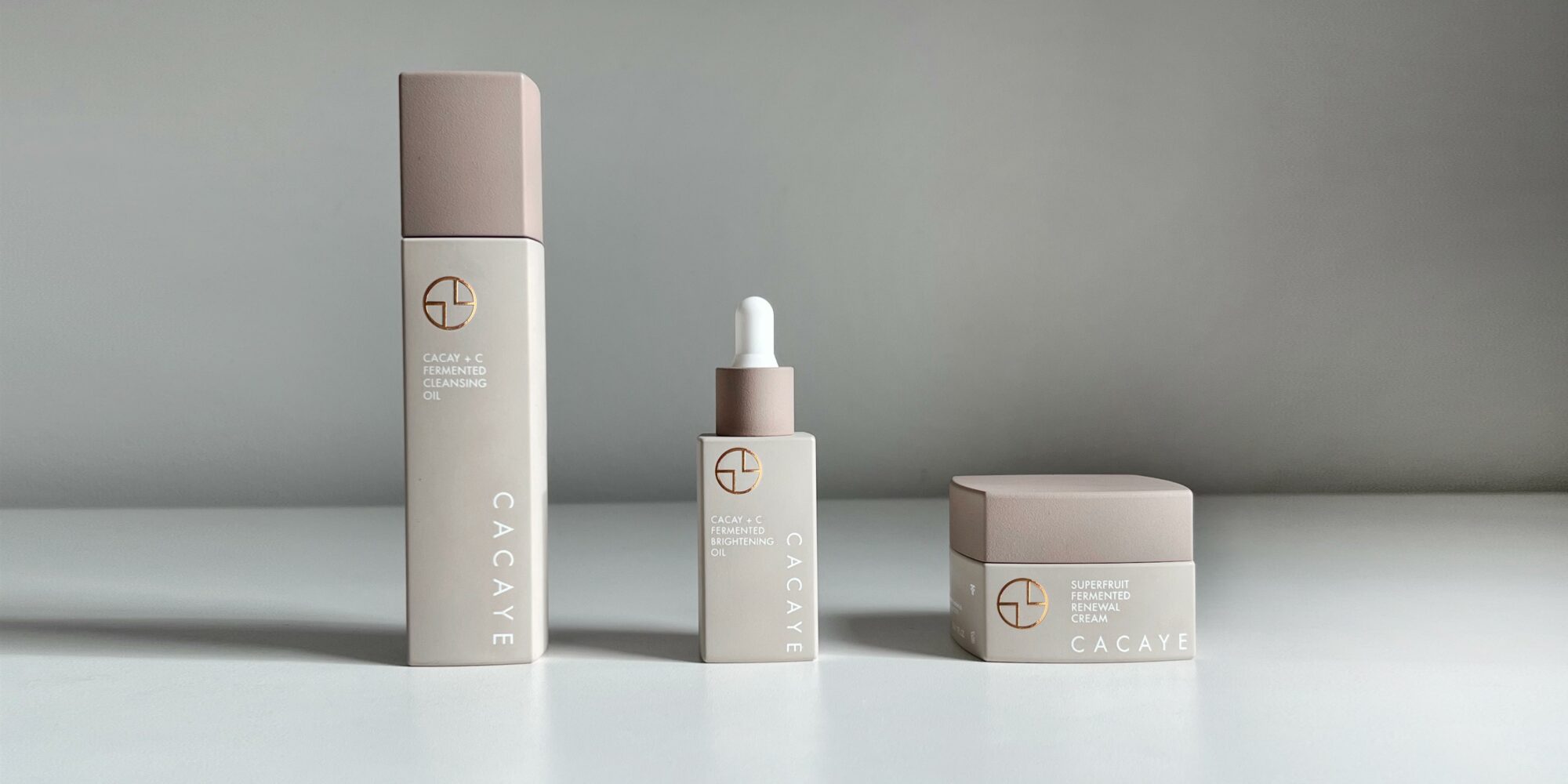
Incubator Evoq Brand Lab Believes New Brand Cacaye Can Become A Skincare Classic
Cacaye, beauty incubator Evoq Brand Lab’s first brand, was developed to be the opposite of a flash in the pan.
It’s starting with three skincare products priced from $42 to $75: CaCay + C Fermented Cleansing Oil, Superfruit Fermented Renewal Cream and CaCay + C Fermented Brightening Oil. Their formulas combine cacay oil, which is made from a nut native to the Amazon rich in essential fatty acids and vitamins, with ingredients such as Kakadu plum, baobab fruit, green tea seed, angelica root and avocado fermented via a patented lab process to heighten their power.
“No one else is offering this combination of ingredients on the market today,” says Karl Obrecht, CEO of Evoq Brand Lab and its parent company Taglich Private Equity-owned manufacturer World Product Solutions. “There are brands that talk about fermentation and offer fermented ingredients, not trademarked like ours, and there are brands that are selling cacay oil. Nobody is putting the two together with the miraculous results that they deliver.”
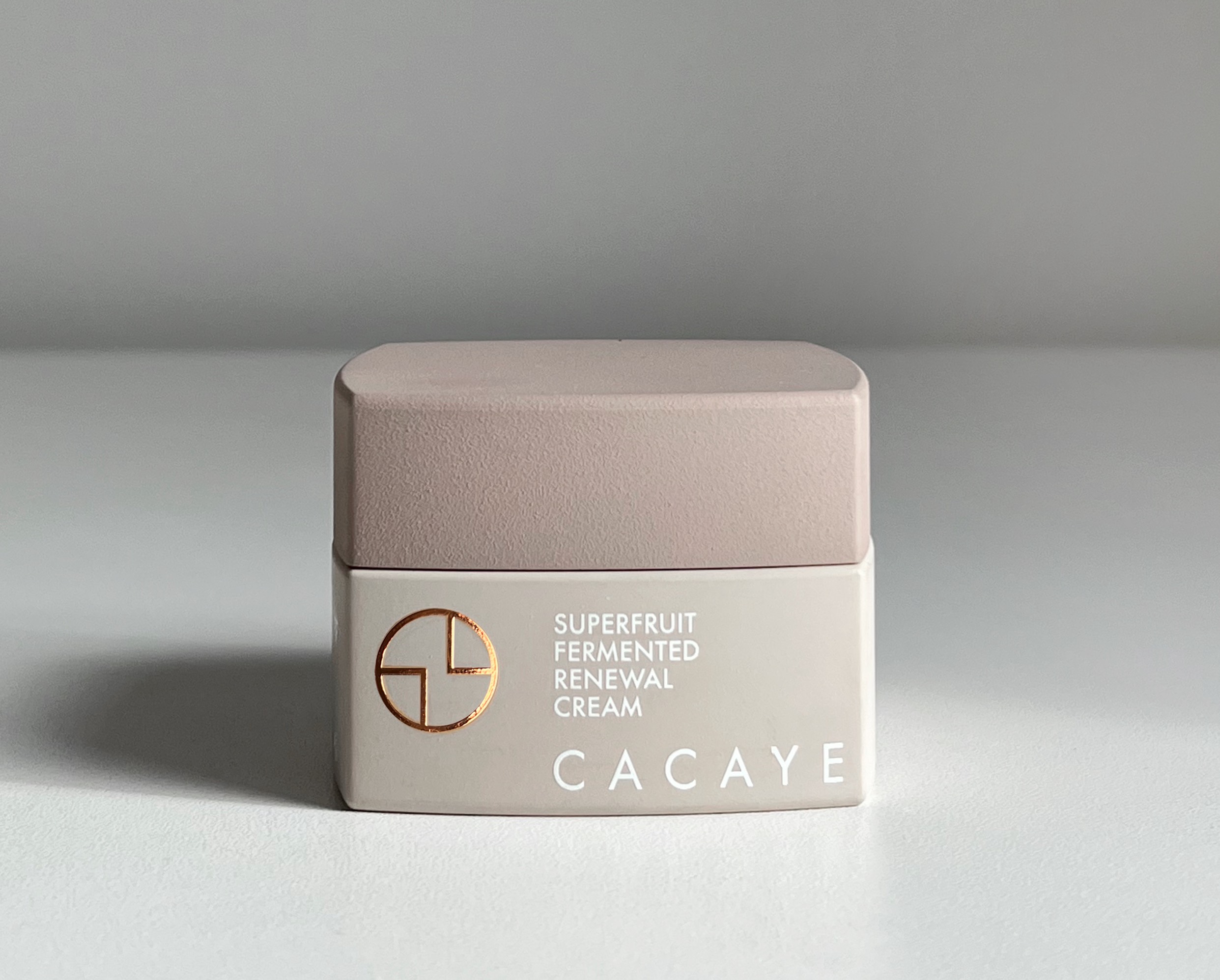
Evoq Brand Lab conducted four-week independent consumer testing on its debut products that show, for example, 97% of consumers felt their skin was smoother from Superfruit Fermented Renewal Cream application, 98% felt their skin appeared less dull from CaCay + C Fermented Brightening Oil application, and 100% felt that dirt, grime and makeup was removed from washing with CaCay + C Fermented Cleansing Oil.
“We certainly don’t need another celebrity brand. People are moving toward what your results are, the expertise of who’s putting formulas together and the effectiveness,” says former Revlon SVP and Chanel VP Annette Falso, head of innovation and brand at Evoq Brand Lab. “They want proof that these formulas are going to work, and the fermentation process gives them hope for better formulas.”
Primarily associated with foods and drinks like wine, beer, kimchi and sauerkraut, skincare brands have long turned to fermentation (think SK-II’s hero ingredient pitera derived from yeast fermentation), but it’s picking up steam in beauty as consumers recognize its benefits, and brands seek to distinguish and supercharge their formulas. Fermentation involves the breaking down of substances by bacteria or yeast, and Cacaye describes its fermentation process as increasing fatty acid content.
“No one else is offering this combination of ingredients on the market today.”
“Through our labs and our investigation, we found that all fermentation is not created equal,” says Falso. “The fermentation process we are using is based on proprietary blends that give you the most potent and lush formulas you can get.”
Cacaye’s initial trio of products touch on a range of skin concerns and textures. “The Brightening Oil addresses the trend of lightweight oils in the market. Plus, it addresses the concern of dark spots and brightening. That is a problem we know a lot of women have,” says Falso. “The Superfruit Renewal Cream is a gel cream. We know that there is a woman who prefers a cream versus an oil. This is not just any ordinary cream. It has a gel texture, which is light and fluffy and works for any skin type, yet it delivers hydration up to 24 hours.”
Cacaye’s primary customer target is a college-educated, well-traveled and technologically savvy woman with a generous six-figure income aged 35 to 65. Falso speculates she might have MAC and Chanel lipsticks in her purse, wear Vince Camuto and Banana Republic, and shop for beauty at Nordstrom and from direct-to-consumer sources. A secondary target customer is a professional aged 25 to 34 breaking into the six-figure income bracket with worldly interests and a hunger for experiences. Falso says, “She wants products that feel good and that she can believe in.”
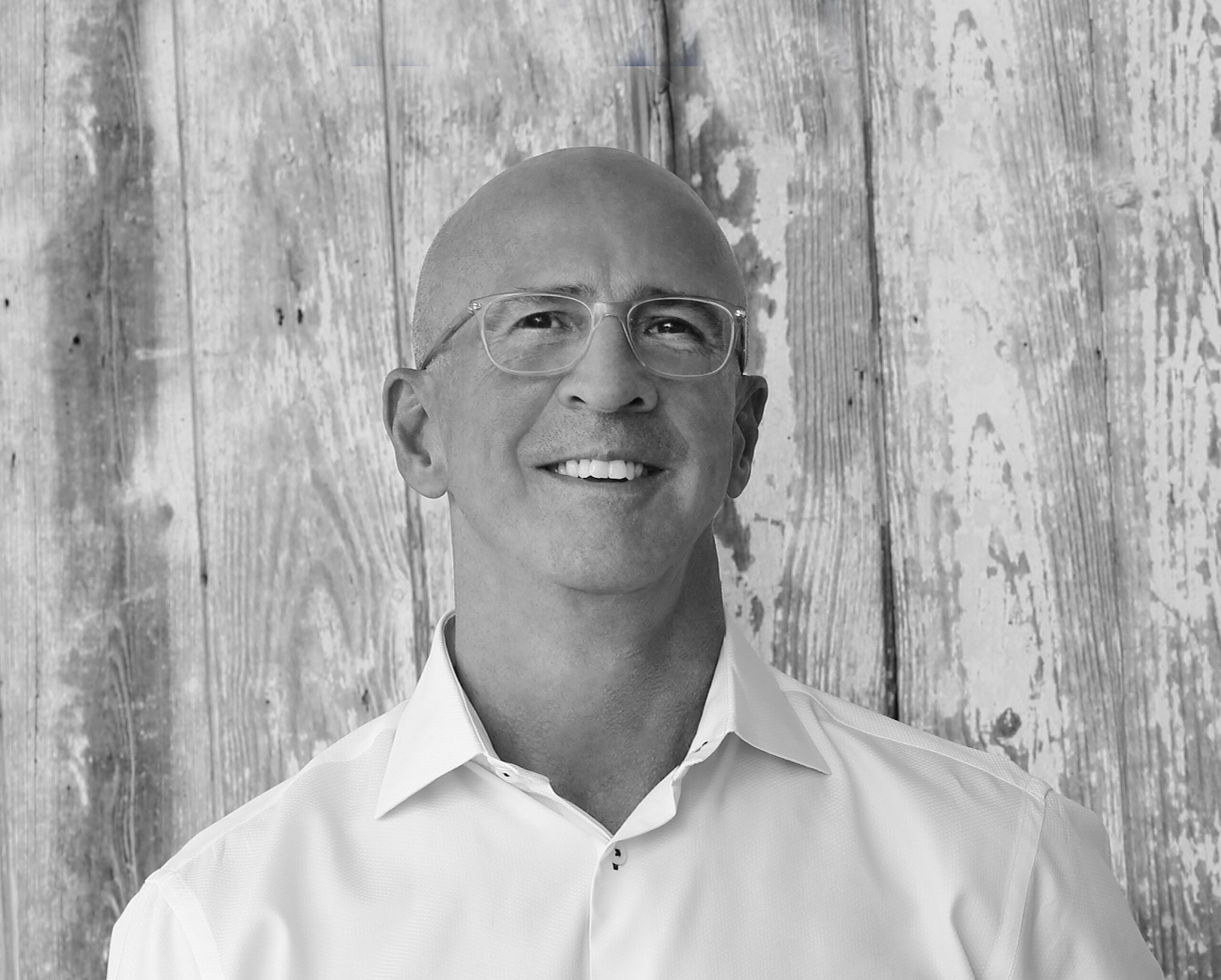
Cacaye adheres to clean beauty retailer Credo’s standards. The brand supports reforestation of Colombia’s Amazon and Orinoco regions where the cacay generating the cacay oil in its products is harvested, and the organization Look Good Feel Better dedicating to improving the qualify of life for people undergoing cancer treatment. It aims for its packaging to be at least 90% recyclable, and its jars are glass topped with lids constructed from recyclable polypropylene (PP) plastic and inner lids from recyclable acrylonitrile butadiene styrene (ABS) plastic. Bathed in earth tones, the color palette of the packaging is a nod to Cacaye’s connection to nature.
The brand is kicking off in DTC distribution in North America, and Obrecht expects it to be sold at retailers in the United States in the second half of this year before extending to retailers abroad. Nordstrom, Sephora, Harvey Nichols and Selfridges are the types of retailers Cacaye aspires to enter. The brand anticipates new merchandise will be released quarterly. Retinoid products, masks and soaps are in the queue.
“We can expand within skincare [and] body care, we can expand into haircare, we can expand into color cosmetics and make this a massive brand similar to some of the brands that I’ve worked on in the past have done, Olay, Revlon, etc.,” says Obrecht, who’s had stops at Vit-Best Nutrition, Pacha Soap Co. Pacific World Corp., Henkel, Procter & Gamble and Revlon during his extensive career in the consumer packaged goods sector.
“The idea is to design brands for the future that last and stand the test of time.”
To raise brand awareness, Cacaye has sent products to around 200 beauty industry insiders and tapped Skeepers to build visibility with macro- and micro-influencers. It’s also running Google ads, revving up search engine optimization, being active on TikTok, Instagram and Facebook, communicating with members of a 162,000-person email list and doling out 50,000 samples. Conservatively, the brand projects it could reach over $3 million in its initial year of availability.
Hired in 2021 to lead World Product Solutions, Obrecht identified incubation as an opportunity for the company to realize growth and demonstrate to clients that it can handle brand development from the ground up. It’s not unusual for manufacturers to branch into brands—for example, Mana Products produced Make Beauty and Black Opal, and Spatz Laboratories’ incubator Seed Beauty bore Kylie Cosmetics, ColourPop and Fourth Ray Beauty—but it can be risky for them to compete with clients.
“We have a completely different product proposition and positioning than any current customers that we have. We are not in conflict with them,” says Obrecht of Cacaye. “We double-checked on that, so we are very confident about that.”
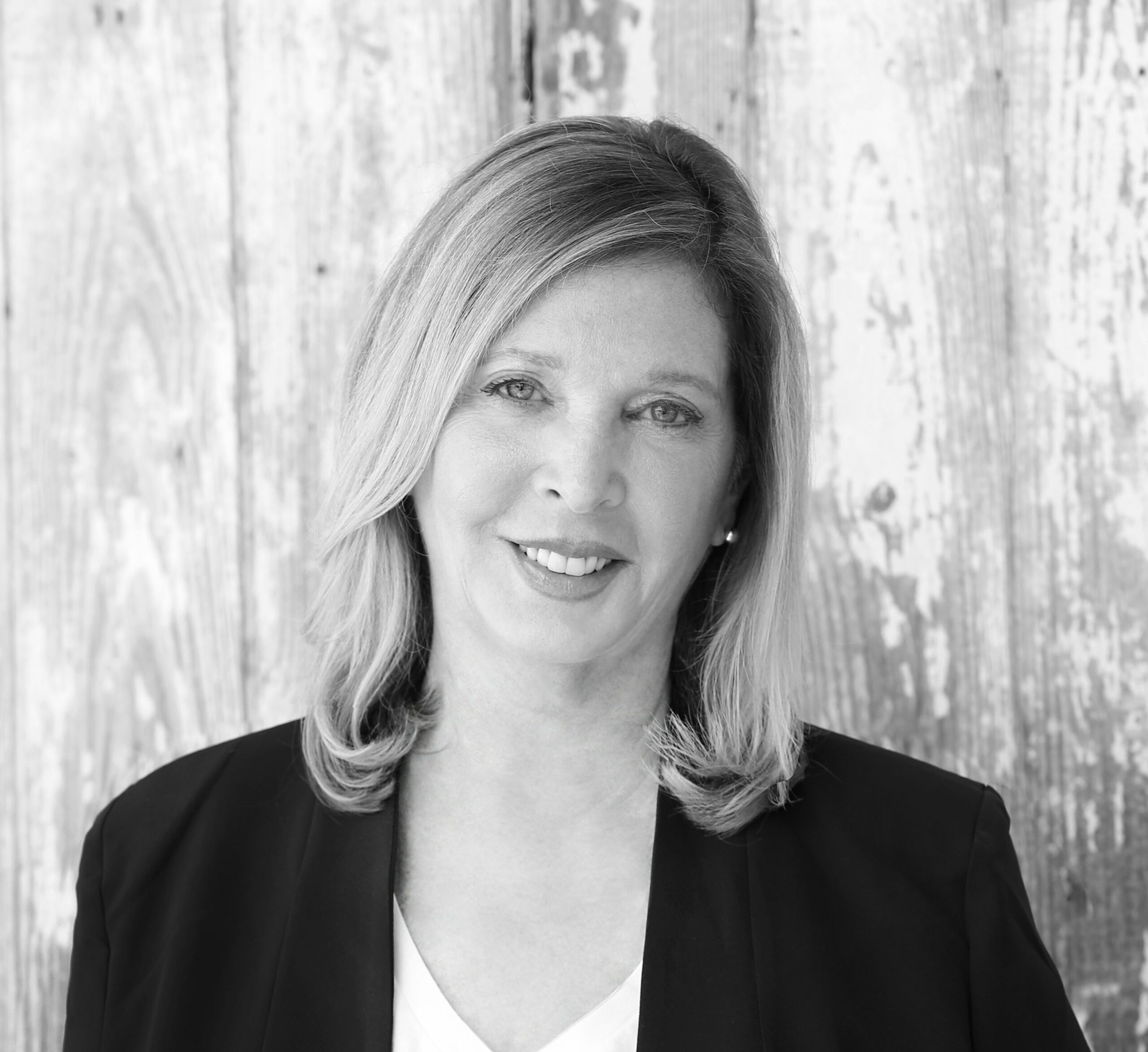
Evoq Brand Lab’s next brand is expected to launch in 2024. It won’t be directed at the same demographic as Cacaye. “We have technology that we can deploy in a bunch of different areas backed by our own trademarks, which is new to the company since I came here. We’re looking at trends that are in ’25, ’26 in terms of ingredient stories, packaging and what the consumer is gravitating toward,” says Obrecht. “The idea is to design brands for the future that last and stand the test of time.”

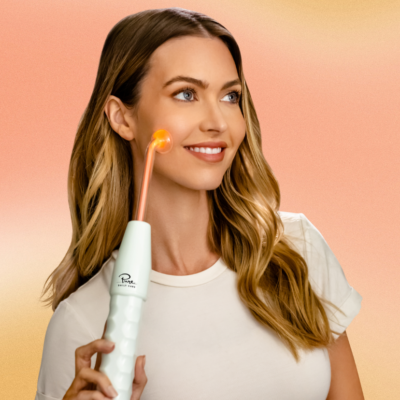
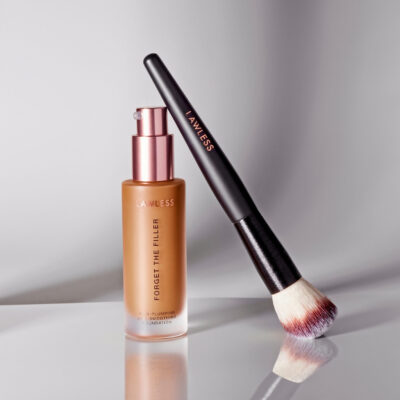
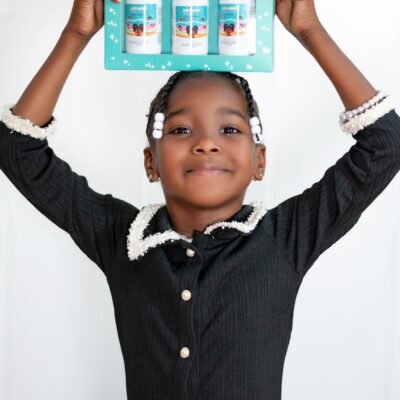
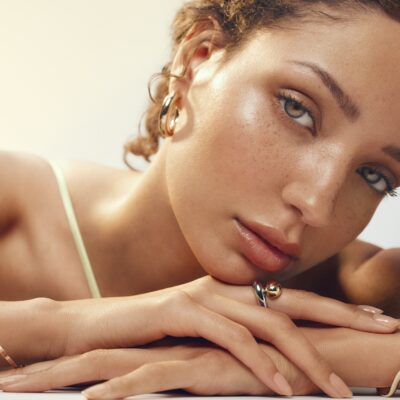
Leave a Reply
You must be logged in to post a comment.